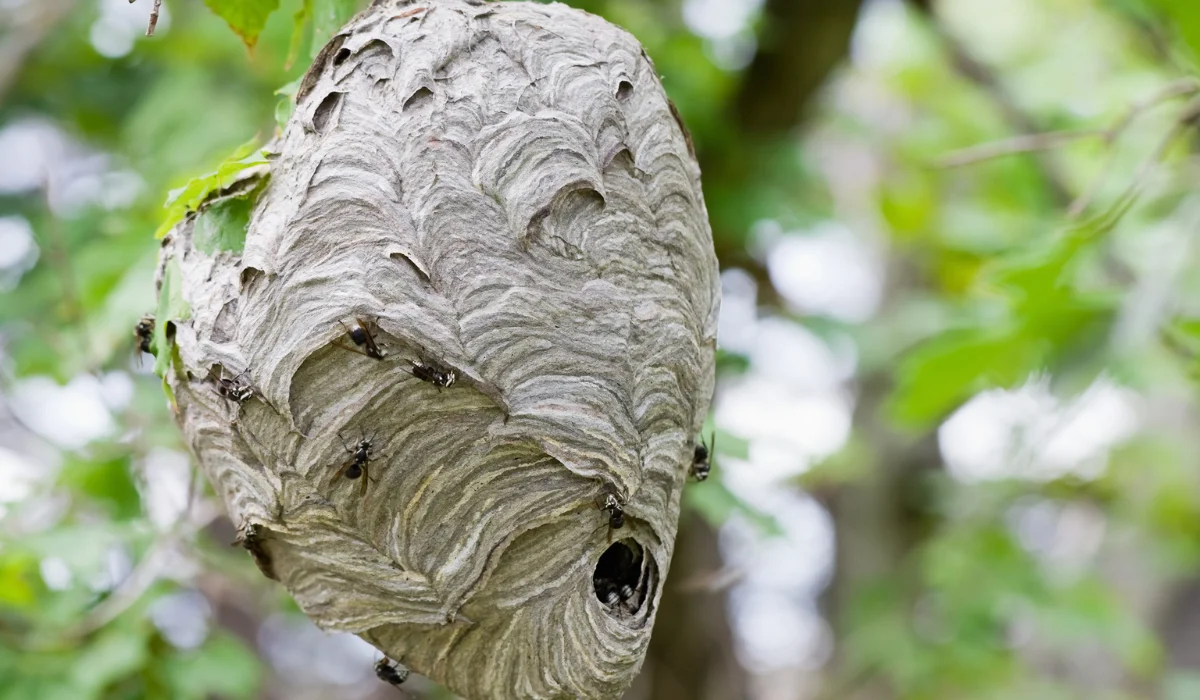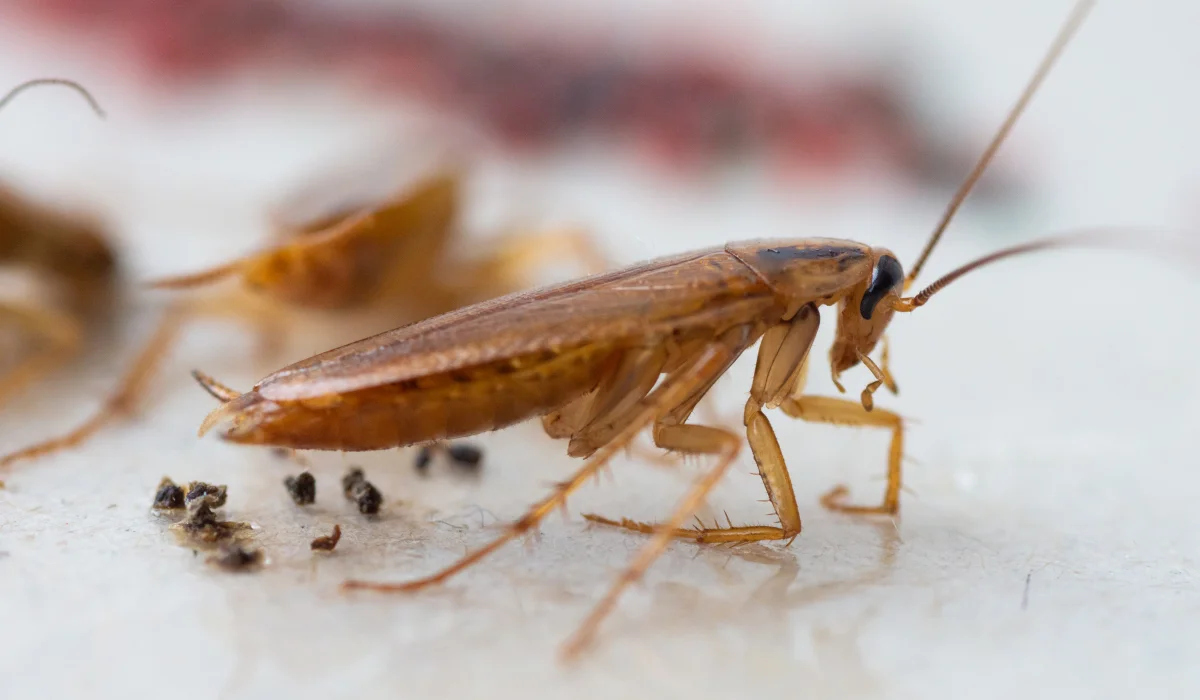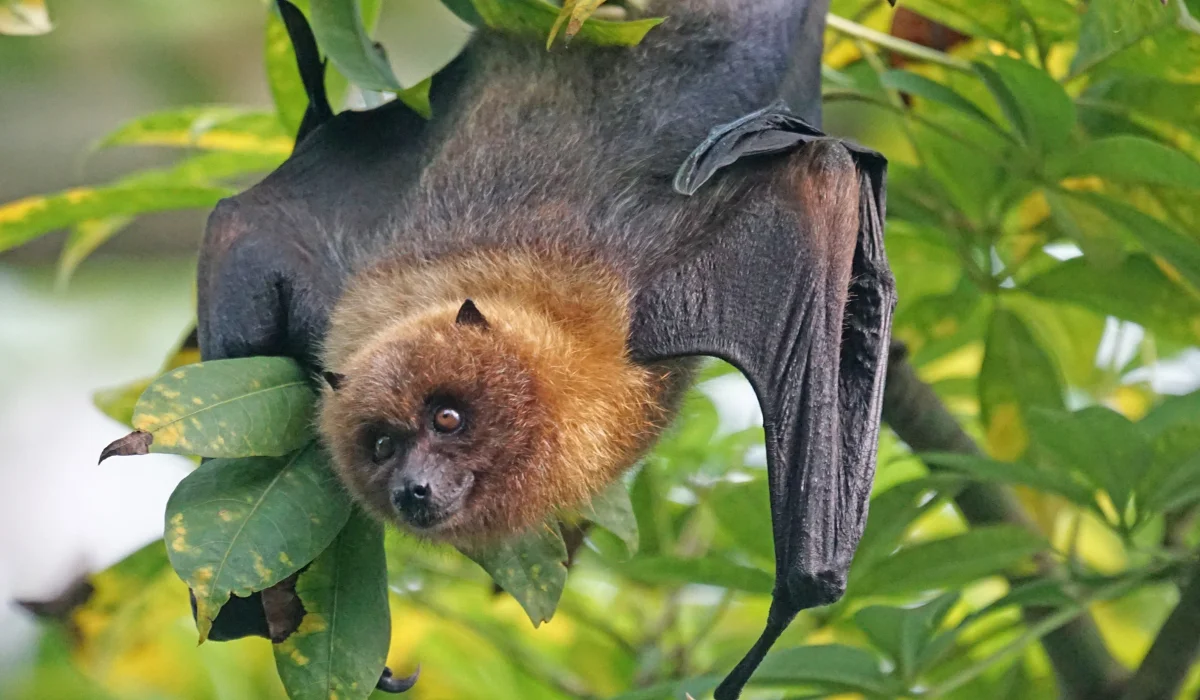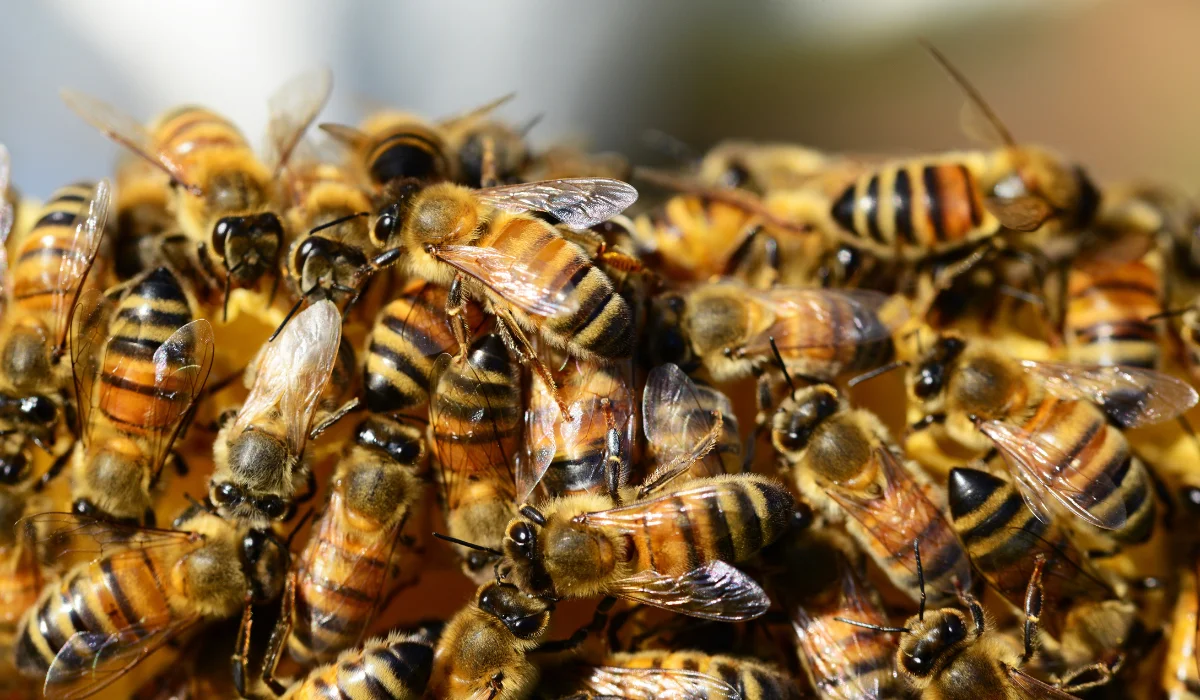Spotting a hornet nest around your home can be nerve-wracking, especially when it shows up near places you and your family spend time. Whether it’s stuck to a tree branch, tucked into the eaves, or hiding up in the attic, figuring out what to do next isn’t always easy.
But here’s the truth: timing matters a lot. In this guide, we’ll go over when to remove a hornet’s nest and what makes that timing so important.
If you’re a homeowner here in South Louisiana, you’ll want to pay close attention before you try taking on nest removal on your own.
Key Takeaways
• Early morning in late summer is the safest time to remove a hornet nest before they become too aggressive.
• Large nests in attics, eaves, or trees need fast action from someone trained and wearing protective gear.
• Hornets, yellow jackets, and paper wasps all build different nests that carry different levels of risk.
• Pest control professionals can safely remove hornet nests with same-day service and a re-treat guarantee if needed.
Best Time to Remove a Hornet Nest Safely
The safest and most effective time to remove a hornet’s nest is early morning during late summer or early fall. However, several things affect when to handle hornet nest removal, especially in our Southern climate.
Let’s walk through the most important ones.
Life Cycle of Stinging Insects
Every type of hornet, from paper wasps to bald-faced hornets, follows a seasonal life cycle. In the spring, the queen starts new nests, these new nests are often small and hidden. But by late summer, colonies explode in size.
That’s when a wasp nest can become a real danger, especially if it’s near where people walk or play. This seasonal pattern is why the time of year plays such a big role in deciding when to act.
Removing a small early nest is easier and less risky, but larger colonies in fall need professional care, fast.
Nest Location Around the Home
You’ll find these nests in all kinds of places, under overhangs, inside attics, under eaves, or hanging from tree branches. Some nests may even be underground if you’re dealing with yellow jackets.
If a large nest is near a high-traffic area, like your porch, garage, or front door, it needs quicker attention.
Nest removal in tough spots, like inside your attic, is tricky and best left to a licensed exterminator who has the protective gear and tools to do it right.
Risk to Pollinators and Honey Bees
If you’re thinking about handling this on your own, it’s easy to confuse wasps and hornets with beneficial pollinators like honey bees.
Honey bees are critical to the environment and are protected, which is why beekeeping professionals, not pest control techs, handle their relocation.
Why DIY Hornet Nest Removal Is a Bad Idea
Trying to remove a hornet nest on your own might seem doable, especially with a can of wasp spray and a plastic bag, but that’s a recipe for getting stung.
Hornets are stinging insects, and if you don’t have the right safety precautions in place, you could wind up dealing with multiple wasp stings or even an emergency room visit.
Even with thick clothing, long sleeves, and a heavy-duty trash bag, these insects will defend their nest aggressively. They especially go after anything they see as a threat.
If the colony is full of larvae, they’re even more defensive.
If you don’t have protective clothing or know the signs of an active nest, don’t risk it.
Need a Hornet Nest Removed? We’ve Got You Covered
If there’s a hornet or wasp nest around your home, don’t wait for the problem to grow or for someone to get stung.
At LaJaunie’s Pest Control, we provide same-day and Saturday service, and our technicians are trained to remove nests up to 25 feet high. Our process is simple, safe, and guaranteed.
From eaves to attics, we handle even the toughest spots. We don’t mess around when it comes to stinging insects, our team shows up with full protective gear, effective treatments, and real-world experience to get the job done right.
Schedule a quick inspection with LaJaunie’s. We’ll remove the nest safely, so you can get back to enjoying your space.
 By: LaJaunie's Pest Control
By: LaJaunie's Pest Control 



